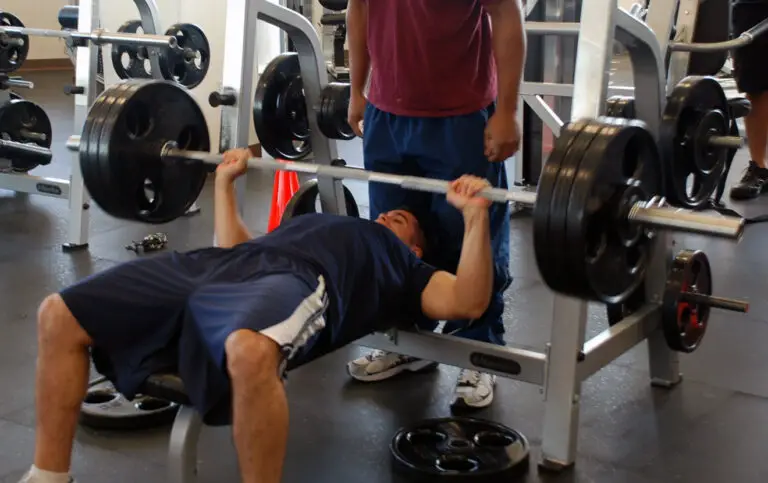When, why, and how to deload
Deload periods
A ‘deload’ is a period of time designated for an individual’s physical and mental recovery from weight training. This recovery period is often planned in advance, although a deload can also be an unplanned break from training due to external circumstances, such as travel or family obligations.
Deloads are highly individualized and can last as short as a few days or as long as a few months, although most lifters opt for a single week of dedicated recovery.
Often, a person will still train while on a deload; however, they’ll use less weight and perform fewer total sets and reps. Conversely, some individuals prefer to use a deload as a total break from the gym—no training, no dietary restrictions, and a break from their usual supplement routine.
How deloads can benefit your progression in the gym
Training with lighter weights and taking extended breaks from the gym can seem like a step in the wrong direction for someone looking to progress their strength and muscle gains. Many times, however, an extended recovery period can be exactly what helps an individual to push past their progression plateaus.
Deload periods allow the body, specifically the central nervous system, to fully recover from training-induced fatigue. This can result in:
- A renewed vigor for intense training
- A reduced chance of injury
- An overall increase in physical and mental energy
All of these variables allow an individual to have more impactful workouts upon resuming normal training, as a fully recovered individual is often able to train with more intensity, handle more volume, and lift more weight than usual.
How to deload
As previously mentioned, a deload can either consist of a reduction in training intensity, frequency, and training volume, or it can be a break from weight training in its entirety. While a prolonged stoppage of training is never recommended for most individuals, many competitive bodybuilders, powerlifters, and athletes will choose to stop training temporarily after a competition or the end of their sport’s season.
When opting to continue training through the length of a deload period, an individual should primarily focus on the following two variables:
- Reducing total training volume (sets and reps) by 40–50%
- Reducing training intensity (weight used) by 25–50%
Some experienced gym-goers opt to only reduce their training volume while moving the same heavy weights as they usually do. This method is surely viable, as—contrary to popular belief—volume is the most influential variable in the accumulation of fatigue, not the use of heavy loads.
When to deload
Fitness enthusiasts have the freedom to implement deload and recovery periods at their own discretion. This method is referred to as ‘reactive deloading’, which sees an individual reactively ease their workout regimen as a result of experiencing the following:
- Low motivation to train
- Physical and mental fatigue
- Poor sleep quality
While all of these issues could be caused by a number of factors unrelated to fitness and experienced on any given day, the persistence of these problems over a prolonged period could justify implementation of a deload.
Contrarily, some individuals—especially those with coaches who schedule their training blocks—have predetermined deload weeks. These are often scheduled every 6 to 12 weeks (like the ones programmed into the training programs on this website), with more experienced lifters often requiring more frequent recovery weeks.
Typically, a deload week is scheduled for the days or weeks before a competing athlete’s big competition. For strength athletes, this is usually a massive reduction in training intensity and volume in the week or two leading up to a competitive meet. In the sports world, this is the equivalent of why a team never hosts intense practice on the day(s) leading up to a game. By implementing a deload before a competition, an individual can ensure they’ll exhibit peak performance when it matters most.







